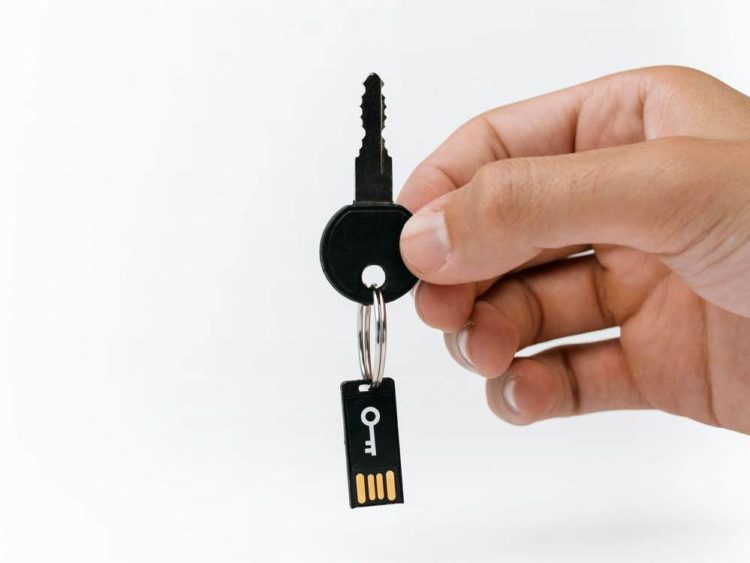Gartner has identified nine annual top trends that are the response by leading organizations to these longer-term external trends. These top trends highlight strategic shifts in the security ecosystem that are not yet widely recognised but are expected to have broad industry impact and significant potential for disruption.
Trend No. 1: Extended detection and response (XDR) capabilities emerge to improve accuracy and productivity
XDR solutions are emerging that automatically collect and correlate data from multiple security products to improve threat detection and provide an incident response capability.
“Centralization and normalization of data also helps improve detection by combining softer signals from more components to detect events that might otherwise be ignored,” said Firstbrook.
Trend No. 2: Security process automation emerges to eliminate repetitive tasks
The shortage of skilled security practitioners and the availability of automation within security tools have driven the use of more security process automation. This technology automates computer-centric security operations tasks based on predefined rules and templates.
Security and risk management (SRM) leaders must invest in automation projects that help to eliminate repetitive tasks that consume a lot of time, leaving more time to focus on more critical security functions.
Trend No. 3: AI creates new security responsibilities for protecting digital business initiatives
AI, and especially machine learning (ML), continues to automate and augment human decision making across a broad set of use cases in security and digital business.
However, these technologies require security expertise to address three key challenges: Protect AI-powered digital business systems, leverage AI with packaged security products to enhance security defence and anticipate nefarious use of AI by attackers.
Trend No. 4: Enterprise-level chief security officers (CSOs) emerge to bring together multiple security-oriented silos
Emerging threats such as ransomware attacks on business processes, potential siegeware attacks on building management systems, GPS spoofing and continuing OT/IOT system vulnerabilities straddle the cyber-physical world.
Organizations primarily focused on information-security-centric efforts are not equipped to deal with the effect of security failures on physical safety.
As a result, leading organizations that deploy cyber-physical systems are implementing enterprise-level CSOs to bring together multiple security-oriented silos both for defensive purposes and, in some cases, to be a business enabler.
The CSO can aggregate IT security, OT security, physical security, supply chain security, product management security, and health, safety and environmental programs into a centralized organization and governance model.
Trend No 5. Privacy is becoming a discipline of its own
No longer “just a part of” compliance, legal or auditing, privacy is becoming an increasingly influential, defined discipline of its own, affecting almost all aspects of an organization.
As a rapidly growing stand-alone discipline, privacy needs to be more integrated throughout the organization. Specifically, the privacy discipline co-directs the corporate strategy, and as such needs to closely align with security, IT/OT/IoT, procurement, HR, legal, governance and more.
Trend No. 6: New “digital trust and safety” teams focus on maintaining the integrity of all interactions where consumer meets the brand
Consumers interact with brands through an increasing variety of touchpoints, from social media to retail. How secure the consumer feels within that touchpoint is a business differentiator. Security for these touchpoints is often managed by discrete groups, with specific business units focusing on areas they run.
However, companies are increasingly moving toward cross-functional trust and safety teams to oversee all the interactions, ensuring a standard level of safety across each space where consumers interact with the business.
Trend No. 7: Network security transforms from the focus on LAN-based appliance models to SASE
Cloud-delivered security services are growing increasingly popular with the evolution of remote office technology. Secure access service edge (SASE) technology allows organizations to better protect mobile workers and cloud applications by routing traffic through a cloud-based security stack, versus backhauling the traffic so it flows through a physical security system in a data centre.
Trend No. 8: A full life cycle approach for protection of the dynamic requirements of cloud-native applications
Many organizations use the same security product on end-user-facing endpoints as they did for server workloads, a technique that often continued on during “lift and shift” cloud migrations.
But cloud-native applications require different rules and techniques, leading to the development of cloud workload protection (CWPP). But as the applications grow increasingly dynamic, the security options need to shift as well.
Combining CWPP with the emerging cloud security posture management (CSPM) accounts for all evolution in security needs.
Trend No. 9: Zero-trust network access technology begins to replace VPNs
The COVID pandemic has highlighted many of the problems with traditional VPNs. Emerging zero-trust network access (ZTNA) enables enterprises to control remote access to specific applications. This is a more secure option, as it “hides” applications from the internet — ZTNA only communicates to the ZTNA service provider, and can only be accessed via the ZTNA provider’s cloud service.
This reduces the risk of an attacker piggybacking on the VPN connection to attack other applications. Full-scale ZTNA adoption does require enterprises to have an accurate mapping of which users need access to what applications, which will slow adoption.
For the full list, please click here.





